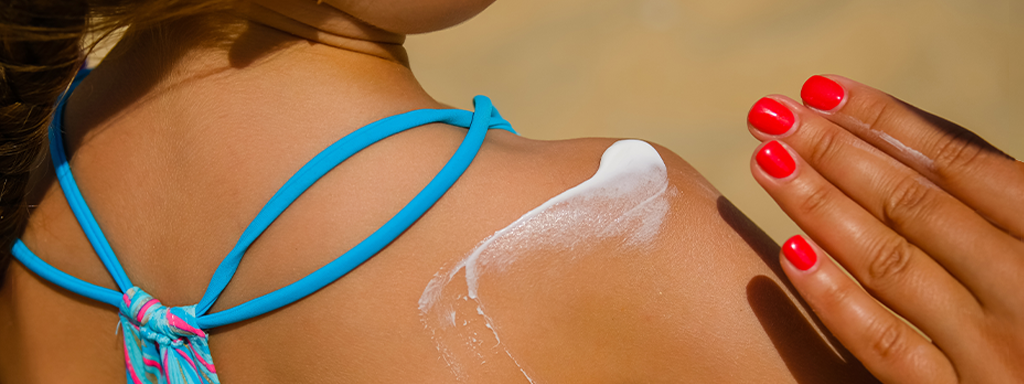Melanoma Detection: Mr. Harmful Sun.

What’s going on?
These campaigns from abroad punctuate how easily melanoma can develop and go undetected, even when you’re not deliberately sunbathing.
Did you know?
One in five Americans will develop skin cancer by age 70, making it the most common type of cancer.
There are four main types of skin cancer, all of which are primarily caused by the sun’s UV rays and use of tanning beds.
Skin cancer rates are higher in women before age 50 but are higher in men 50+.
Non-Hispanic white people are nearly 30 times more likely to develop skin cancer than non-Hispanic Black or Asian/Pacific Islander people.
Those with darker skin tones are prone to skin cancer in areas that aren’t commonly exposed to the sun, like the soles of the feet, inside of the mouth, or under the nails.
Skin cancers can look quite different from one person to another but are fairly easy for a dermatologist to spot and effectively treat, when screened. The problem is that not enough people check their skin, even in countries like Peru and Belgium where there are high incidences of skin cancer. Enter these campaigns which recently ran abroad, advocating for detection of melanoma (the deadliest form of skin cancer):
Peruvian detergent brand, Opal, partnered with a dermatologist and a macro photography expert to create ads that made melanoma look like a laundry stain. The ads featured copy that said, “If you have a stain like this, we can also help you,” and a QR code that allowed people to schedule a free skin cancer screening when scanned– which 35% more Peruvians ultimately did than the year prior. Check out ‘The Prevention Formula’ campaign here.
The Belgian Skincancer Foundation worked with a major newspaper to replace the dot over the letter “i” with melanomas in headlines throughout an edition. Like the real deal, they were discreet enough to go unnoticed until an insert at the end of the paper called readers’ attention to the initiative and encouraged them to check their skin regularly:
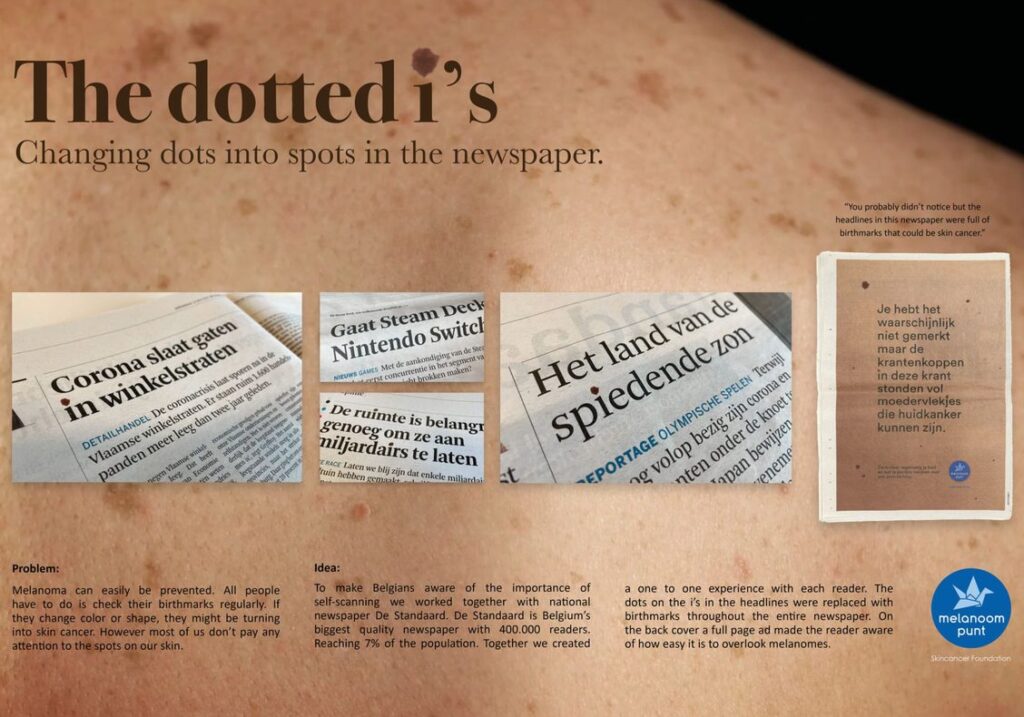
What's The Squeeze?
These campaigns artfully illustrate healthcare marketing’s ability to raise awareness without alarm for even the most gravitas topics.
We know better than anyone how easy it is for health screening communications to come across as intimidating or patronizing, but the subtle creative approach leveraged in both campaign examples was neither. The beauty was that they powerfully delivered the message with hardly any messaging at all – a reminder that understated can still be understood!
Hopefully, this also was a reminder to take steps to reduce your own risk of skin cancer. Here are seven ways to be ‘Skin Smart,’ according to SPM Group’s GLC and one of their client’s dermatologists:
Wear SPF 30+ sunscreen all year round.
Avoid the sun between 10:00 AM and 2:00 PM.
Avoid deliberate sun or tanning bed bathing.
Wear sun-protective clothing.
Follow a healthy lifestyle, without smoking.
Have your skin professionally checked once a year.
Be mindful of changes in your skin.
Related Insights.
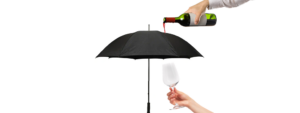
Dare to Dry?
A record 27% of Americans were highly likely to participate in Dry January and beverage brands crafted unique strategies to step up to the challenge.
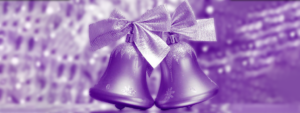
Jingle All the Way Down Memory Lane.
This innovative initiative leveraged nostalgic advertising jingles to help Puerto Ricans with Alzheimer’s to remember their past.
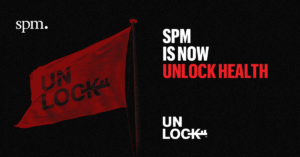
Unlock Health Announces Acquisition of SPM Group, the Premier Network of Health and Healthcare Marketing Agencies
The acquisition positions Unlock Health as the leading growth marketing platform in the health services sector by size, scale, and breadth of capabilities. NASHVILLE, TENN.
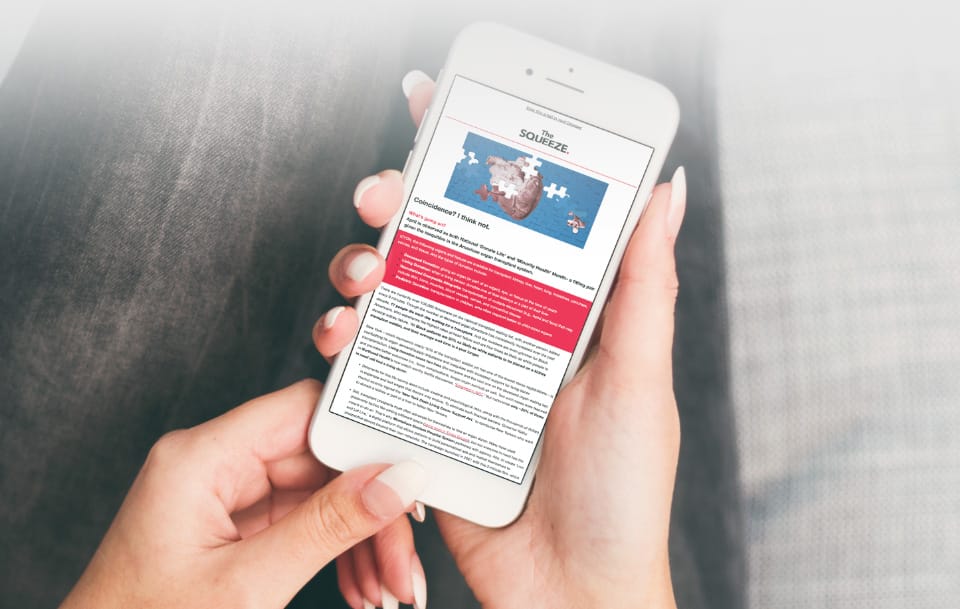
Get The Squeeze.
Receive the latest trends and insights from all around the world of consumer advertising and healthcare marketing straight to your inbox. From new tools to noteworthy campaigns, we’ll break it down and give you all the juice.




